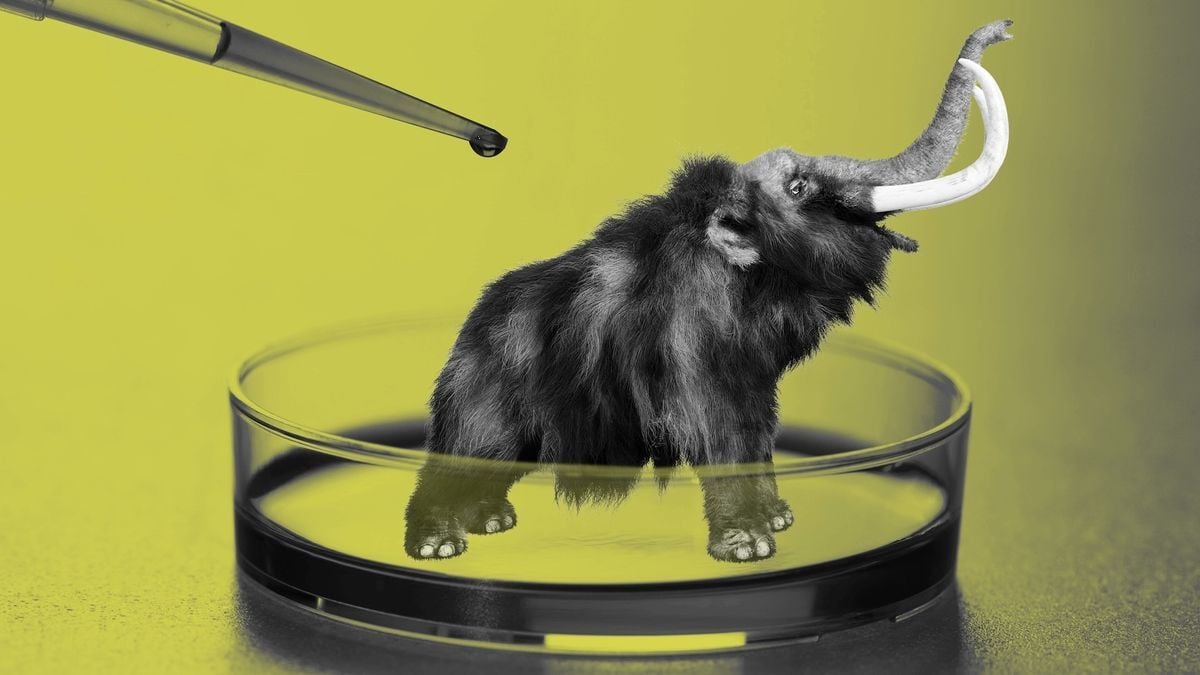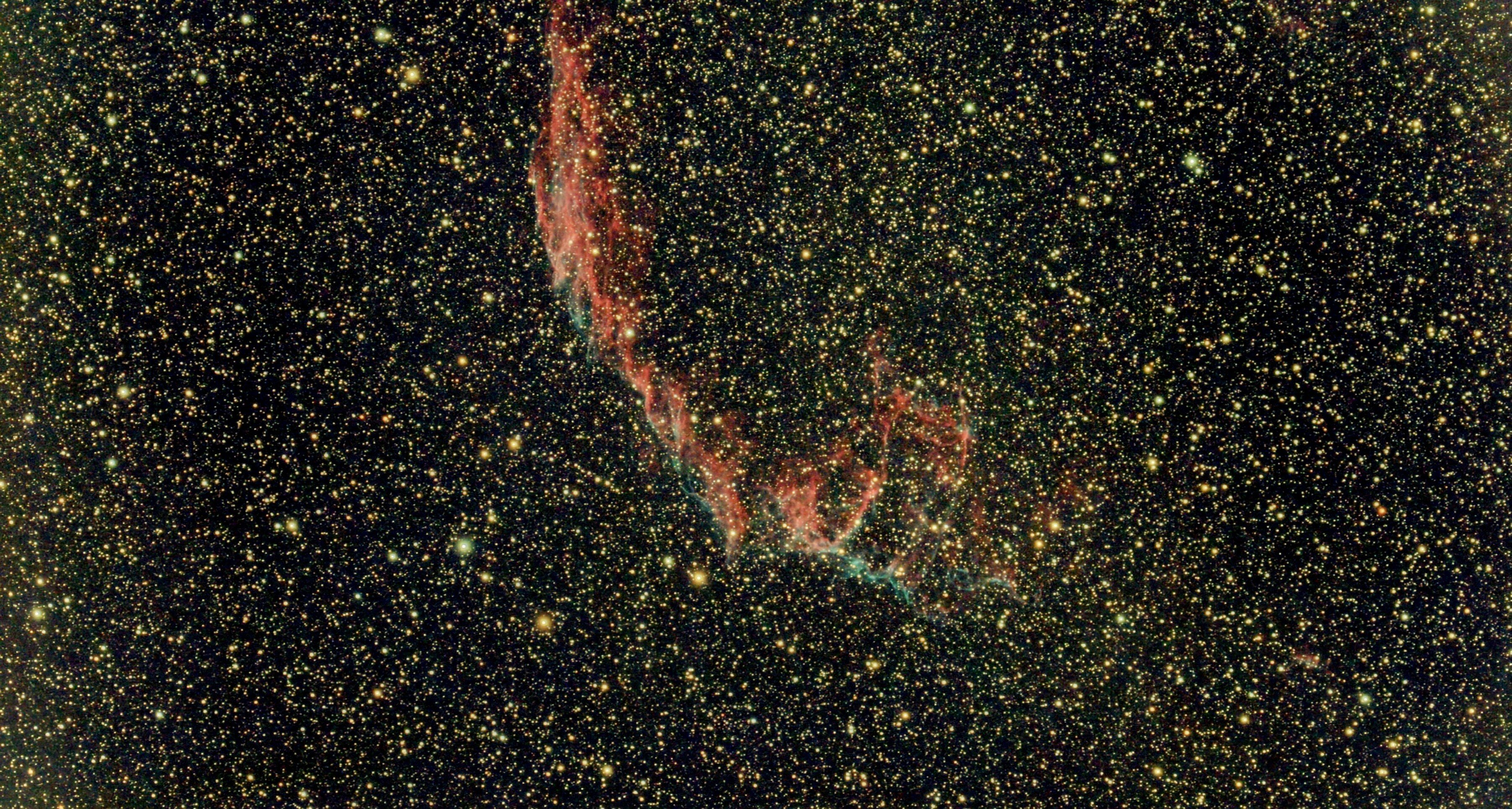Nothing bad will happen, as long as they spare no expense.
It’s all fun and games until you’re being chased down in your Jeep by a dodo.
The lesson there is: Spare no expense on your IT budget!

Your financial problems are not my concern!
And everyone knows not to mess with the raptor fences
Huh. I never realized the absolute irony of this statement until now.
The world they lived in is long gone along with the food they ate and the rest of their species. It seems almost cruel to bring them back.
Not that long gone—the last relict population on Wrangel Island only died out about 4000 years ago. That’s (barely) within historic time. There are probably islands in the Canadian and Siberian Arctic that could still support them (and have no or few human inhabitants).
I see two big issues. First of all, not all knowledge among elephants is transmitted genetically, and I expect mammoths were the same. Who will the new ones learn from? They’ll have to redevelop best practices for dealing with their environment from scratch.
Secondly, global warming. This seems like about the worst possible time to bring back an ice-age-adapted critter. We’d be better off transferring the effort spent on this project into de-extincting the thylacine, a more recent loss which doesn’t have that specific issue.
I’m fairly certain they are working on the thylacine as well?
Different group, I think, and not as close to success. The thylacine has a better chance at long-term survival if we do bring it back, though—it isn’t an ice age creature, and it was surviving despite competition from other creatures in a similar niche until humans started aggressively hunting it down.
I think the mammoths have a really good shot actually. Siberia seems like it will be perfect for them
It’s not that long gone. There were still mammoths around when the pyramids were built. Plus there’s still huge swaths of tundra and taiga that they could live on, with a lot of the same plants, even if it’s quite a bit warmer.
In the grand scheme of things the pyramids were built relatively recently, but I’d still consider it quite long ago
Measured in human life it’s long ago. measured at universal scales, it was nothing.
A good measurement for human timescales is the age difference between a child and their grandfather (~50 years, basically one generation of oral tradition).
The mammoths died out 80 grandfathers ago.That’s an interesting unit of measure for sure. I do get what you’re saying–that’s sort of the limit to where some knowledge can reach.
Not advocating for restoring the mammoth, but this is a dangerous line of argument.
With climate change and ongoing mass extinctions, many current species are or will soon be in the same situation that re-introduced mammoths would be—and you could use the same argument to say that trying to preserve them is cruel so we should kill off any current species facing environmental stress.
They were here pretty recently, their food is still here. It was cruel that we extincted them.
Nah. It’s still the same place. They died out within the time frame of completely modern humans.
Well pumpkins and avocados still exists at least and apparently they were grazers.
It’s worse when you consider the state of the world and the warming. They’d have about 20 sq\km of land capable of supporting them and they’d have to share it with those psychos, polar bears.
I’ve said this a million times before, but if we’re playing gods anyway, can’t we make them dog sized also?
I would totally get one or maybe two.
Yeah you say that until you get a tusk in the crotch
They’ll be wearing stylish pool noodles on the tusks to minimize furniture and gonad damage.
Or we create them with softer tusks. Maybe that’s better, the. They’ll also be worthless to poachers.
I don’t want to live in a world that has wooly mammoths with floppy tusks. It just seems wrong.
Of course it seems wrong when you say it like that.
What about that trunk though? ( ͡° ͜ʖ ͡°)
If they’re like their cousins you don’t want a pet that smart. Especially with a trunk. Good luck mammoth proofing your house.
Those are closer to horse-sized, but it’s a good start.
Even dog sized they’d probably weigh like 200Kg. Mammoths be thicc
Pygmy mammoths would be adorable! Imagine them pulling sleds in the winter with jingle bells and stuff.
I hope they have put a substantial amount of thought into potential problems that could arise. (Not that it will actually be like JP)

I hope whatever species that comes after us doesn’t bring us back
No! They did it! They blew it up!
And then the apes blew up their society too. How could this happen?
And then the birds took over and ruined their society.
And then the cows. And then…I don’t know, is that a slug, maybe?
Noooo!
This is hilarious.
Future scientist can’t make that mistake if we get rid of the future faster.
But why? We have no iceage anymore.
Obviously for the local petting zoo
Plus, mammoth burgers
#bringbackthesabretooth
There are about 2000 wild tiger left, I found this article from 2011 saying that they might be extinct in the wild by 2030.
So there might be 2000 ecological niches for smilodon to fill in 5 years. We better hurry then.
Pass…
“Your Scientists Were So Preoccupied With Whether Or Not They Could, They Didn’t Stop To Think If They Should”
“Life, uh, finds a way.”
Hope they pay their IT guy well.
I remember reading about this in 5th grade. 25 fucking years ago. I’ll believe it when I see it…
just like nuclear fusion, it was 10 years away 10 years ago, it’s 10 years away now and it will be 10 years away 10 years from now
But now we have AI! Both and many more problems will be solved any time now…
You know what AI needs the most long term? Nuclear fusion…
Fun fact: faster computers allowed tokamak reactors to get a net positive power output, because it allowed them to quickly optimize the magnetic containment field.
What’s happening with the fusion then?
Everything outside of cities should be a nature reserve and we should clone extinct megafauna to put in zoos
Enjoy eating rocks, I guess?

Vertical farms to reduce wasteful agriculture practices
Maybe in 100 years, with how underfunded research in vertical farming is.
If we could just remove every parking lot and replace all major roads with trains, we would free up so much mammoth habitat.
- Step 1: acquire genetic material
- Step 2: supplement material with closely related extant species <- We are here
- Step 3: Get an egg cell with your Frankenstein-DNA to survive and divide
- Step 4: Produce a healthy baby
- Step 5: Get a small population in a Zoo/Park
- Step 6: have a permanent wild population in a specific area
- Step 7: have enough of those areas to declare repopulation a success
Is fixating on the mammoths here first-world centrism? The article mentions 4 other species that have way better chances. Also, given how far we are from actual wild mammoths, that “it can solve climate change” argument is just wrong the way it’s been presented.
It’s mostly people-with-money-centric.
I have an idea: Mammoth burgers
Worked in the docudrama “the Flintstones”
we have no idea what happens next
Make a variant with multiple butts

Or make is exactly the size on the picture, where the mammoth fits in a petri dish.
but with five butts
Poachers. Poachers are next.
We bringing poachers to extinction?
I hope it’s pet pygmy mamoths
















